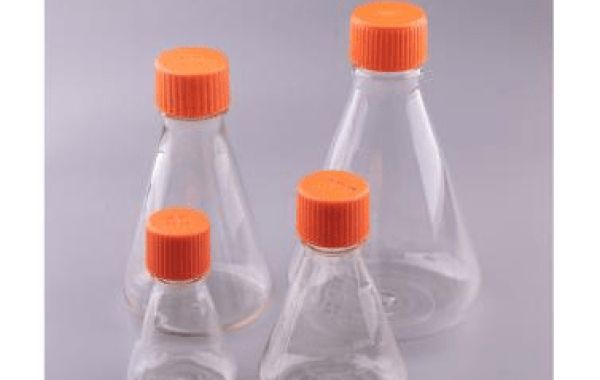Erlenmeyer flasks are essential tools in any laboratory, used for mixing, heating, and storing solutions. When purchasing and maintaining these flasks, here are some key points to consider:
Purchase Recommendations
l Size: Select flasks based on the volume of liquids you typically handle. Common sizes range from 25ml to 1000ml. Consider buying a set with various sizes for different needs.
l Material: Borosilicate glass is the standard choice due to its excellent heat resistance, chemical durability, and clarity. Consider flasks with additional features like frosted writing areas for labeling.
l Graduation Marks: Opt for flasks with clear and accurate graduation marks for easy volume measurement. Double-graduated flasks offer markings on both sides for improved visibility.
l Quality and Brand: Choose reputable laboratory glassware suppliers. Reliable brands prioritize quality control and ensure the flasks meet industry standards.
l Budget: While high-quality flasks can be more expensive, they offer better durability and safety in the long run. Consider the trade-off between cost and your specific needs.
Maintenance Methods
l Cleaning: Wash your Erlenmeyer flasks thoroughly after each use. Use a warm soapy solution and a soft brush to remove any residues. Rinse thoroughly with deionized water to avoid mineral deposits.
l Drying: Allow the flasks to dry completely before storing them. Use a clean drying rack or cloth to prevent water spots and potential contamination.
l Heat Exposure: Be mindful of thermal shock. Avoid sudden temperature changes. Heat flasks gradually on a heating mantle or hot plate and allow them to cool slowly before cleaning.
l Storage: Store clean and dry flasks in a dust-free environment. Use dedicated shelves or cabinets to prevent accidents or damage.
l Inspection: Regularly inspect your flasks for cracks, chips, or other signs of wear and tear. Discard any damaged flasks to ensure safety and avoid inaccurate measurements.
By following these recommendations, you can choose the most suitable Erlenmeyer flask for your needs and ensure its longevity through proper care. Remember, a well-maintained Erlenmeyer flask can be a reliable companion in your laboratory endeavors for years to come.








